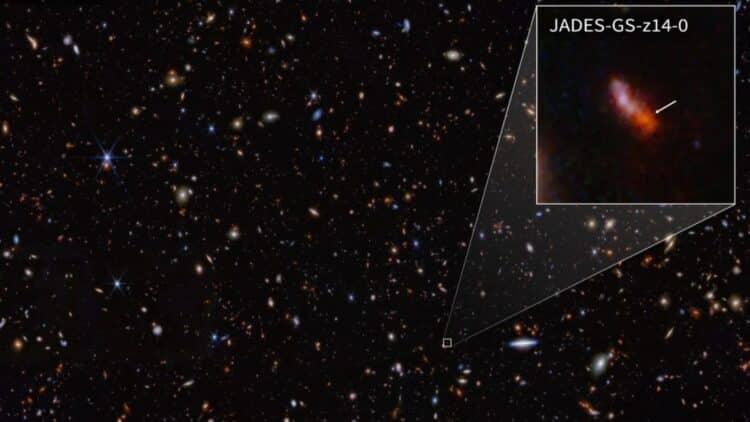Ever since we started to observe the sky more closely, decades ago, the question has arisen: how did the universe begin? Well, even with increasingly powerful telescopes and cutting-edge space missions, we have made a lot of progress, but we are still trying to understand how everything formed in the first moments after the Big Bang. We still don’t have all the answers, but a recent discovery by NASA could redefine everything we know about the early universe, and we may even have to rewrite theories about how galaxies came into being.
Are we closer to the Big Bang?
Nowadays, it seems easy to find out new things about space. But it wasn’t always like this… For a long time, we simply couldn’t see much beyond the basics. It was like trying to understand a puzzle with only three pieces. The big breakthrough came with the Hubble telescope, which completely changed the game. But the real turning point was the launch of the James Webb, back in 2022. From then on, we began a new phase in the exploration of the deep universe. Literally, we saw further than ever before.
This is because the JWST has unparalleled sensitivity in the infrared and a gigantic 6.5-meter mirror, which allows it to observe objects that existed in the first million years of the universe. Oh! And it not only sees further, but also with greater clarity and depth than any previous telescope.
With all this new technology, discoveries began to emerge at an insane speed. To give you an idea, in less than three years of operation, the James Webb has already broken several records, including finding the oldest galaxies we have ever been able to detect. And look… even with so much impressive stuff happening, no one was really prepared for what came next.
Reaching 280 million years after the Big Bang
Well, in May of this year, NASA released one of those pieces of news that makes your eyes pop: they found a galaxy called MoM-z14, which existed only 280 million years after the Big Bang. Yes, we’re talking about the early chapters of the universe: that represents only 2% of its entire history.
And the name has everything to do with what it represents, you see? “MoM” comes from Mother of all early galaxies. But what took scientists’ breath away was the redshift, this z = 14.44, which is simply the largest ever recorded. In other words? This is the most distant galaxy, that is, the oldest, that humanity has ever been able to observe.
And there’s more: from its structure and brightness, we can see that the formation process was much faster than previously thought. In other words, we’re moving a piece that could completely mess up the puzzle of current models (as well as this recently solved century-old mystery that can change a lot).
Ok, so what does that change?
And then you might be asking yourself: OK, but what does this change in practice? The answer: a lot. The discovery of MoM-z14 forces science to rethink the entire narrative about the birth of the first galaxies. Until recently, the dominant theory said that large, bright galaxies took hundreds of millions of years to form. But now… we are seeing that this process may have happened much earlier, perhaps even before 200 million years after the Big Bang.
And there’s another question: could the universe have organized itself faster than we imagined? Or could the models we’ve used to date have been wrong from the start? One thing is certain: this discovery opens a new chapter. As if that weren’t enough, NASA has also identified a “superstorm” in a distant galaxy… in other words, the tide of revelations is just beginning.


